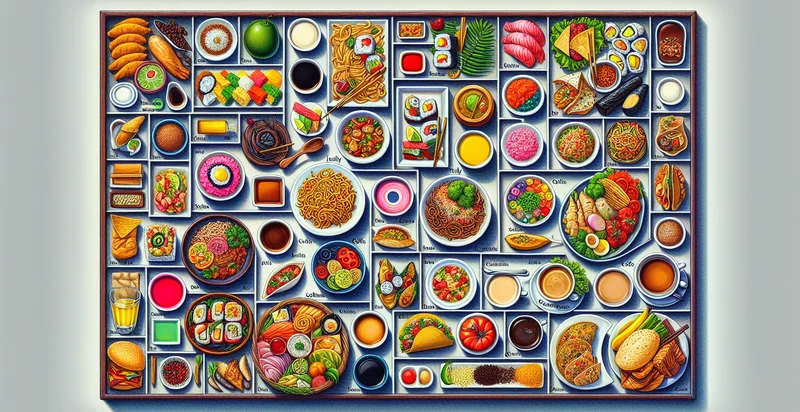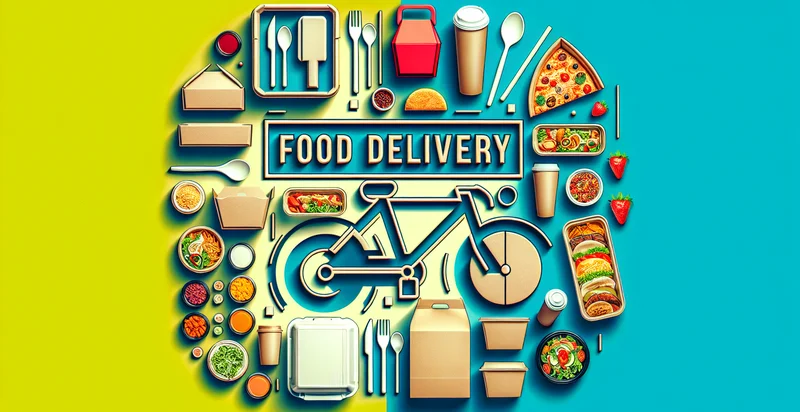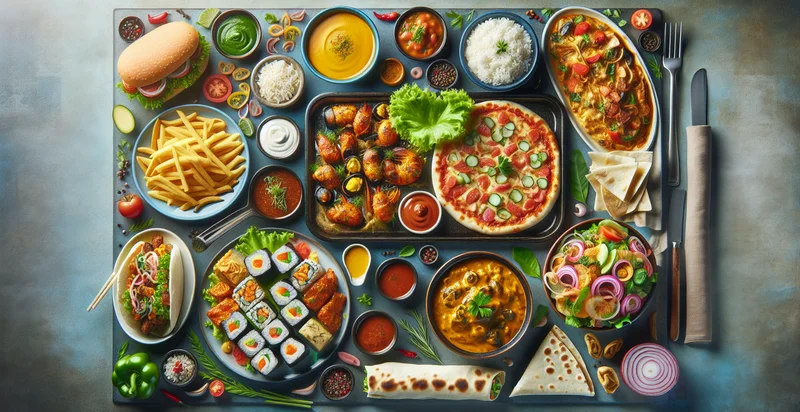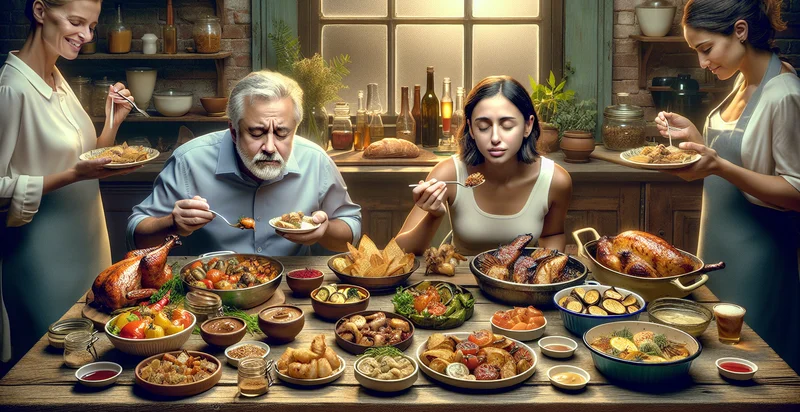Identify cuisine classification
using AI
Below is a free classifier to identify cuisine classification. Just upload your image, and our AI will predict what type of cuisine it is - in just seconds.


Contact us for API access
Or, use Nyckel to build highly-accurate custom classifiers in just minutes. No PhD required.
Get started
import nyckel
credentials = nyckel.Credentials("YOUR_CLIENT_ID", "YOUR_CLIENT_SECRET")
nyckel.invoke("cuisine-classification", "your_image_url", credentials)
fetch('https://www.nyckel.com/v1/functions/cuisine-classification/invoke', {
method: 'POST',
headers: {
'Authorization': 'Bearer ' + 'YOUR_BEARER_TOKEN',
'Content-Type': 'application/json',
},
body: JSON.stringify(
{"data": "your_image_url"}
)
})
.then(response => response.json())
.then(data => console.log(data));
curl -X POST \
-H "Content-Type: application/json" \
-H "Authorization: Bearer YOUR_BEARER_TOKEN" \
-d '{"data": "your_image_url"}' \
https://www.nyckel.com/v1/functions/cuisine-classification/invoke
How this classifier works
To start, upload your image. Our AI tool will then predict what type of cuisine it is.
This pretrained image model uses a Nyckel-created dataset and has 20 labels, including American, Brazilian, Caribbean, Chinese, Filipino, French, Greek, Indian, Italian and Japanese.
We'll also show a confidence score (the higher the number, the more confident the AI model is around what type of cuisine it is).
Whether you're just curious or building cuisine classification detection into your application, we hope our classifier proves helpful.
Related Classifiers
Need to identify cuisine classification at scale?
Get API or Zapier access to this classifier for free. It's perfect for:
- Restaurant Menu Personalization: By utilizing cuisine classification, restaurants can analyze customer preferences and suggest menu items tailored to individual tastes. This increases customer satisfaction and can lead to higher sales through personalized recommendations.
- Food Delivery Optimization: Food delivery apps can use cuisine classification to segment dishes by cuisine type, enabling them to create more efficient delivery routes and improve order accuracy. By understanding popular cuisines in certain areas, they can also promote trending dishes to customers.
- Social Media Food Trend Analysis: Brand marketers can leverage cuisine classification to identify emerging food trends across social media platforms. By analyzing posts and hashtags related to specific cuisines, they can develop targeted marketing strategies that resonate with current consumer interests.
- Culinary Tourism Promotion: Travel agencies can use cuisine classification to curate travel packages that highlight local culinary experiences. By grouping destinations by their unique cuisines, they can offer travelers personalized and immersive food tourism experiences.
- Grocery Store Inventory Management: Supermarkets can utilize cuisine classification to inform their inventory decisions, ensuring they stock ingredients that align with popular culinary preferences in their regions. This helps reduce waste and enhances customer satisfaction by providing the desired items.
- Meal Kit Subscription Services: Meal kit companies can use cuisine classification to customize their offerings based on customer preferences and dietary restrictions. By providing a variety of global cuisines, they can appeal to a broader audience and improve customer retention.
- Nutrition Research and Analysis: Researchers can use cuisine classification to analyze dietary patterns across different populations and their health implications. This can aid in public health initiatives and nutritional education programs targeting specific communities based on their culinary habits.


